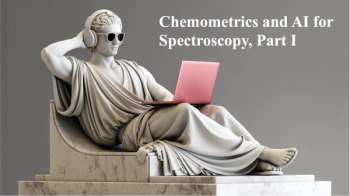
|Articles|March 17, 2015
EDXRF Analysis of Glass and Raw Materials
Author(s)Scott Fess, Applied Rigaku Technologies, Inc.
The analysis of glass and raw materials is demonstrated in the manufacturing of soda-lime glass, which makes up 90% of the global glass production and is used to make windows, glassware and bottles. The Rigaku NEX CG spectrometer yields excellent performance for the elemental analysis of raw materials and final characterization of finished glass.
Advertisement
Newsletter
Get essential updates on the latest spectroscopy technologies, regulatory standards, and best practices—subscribe today to Spectroscopy.
Advertisement
Advertisement
Advertisement




